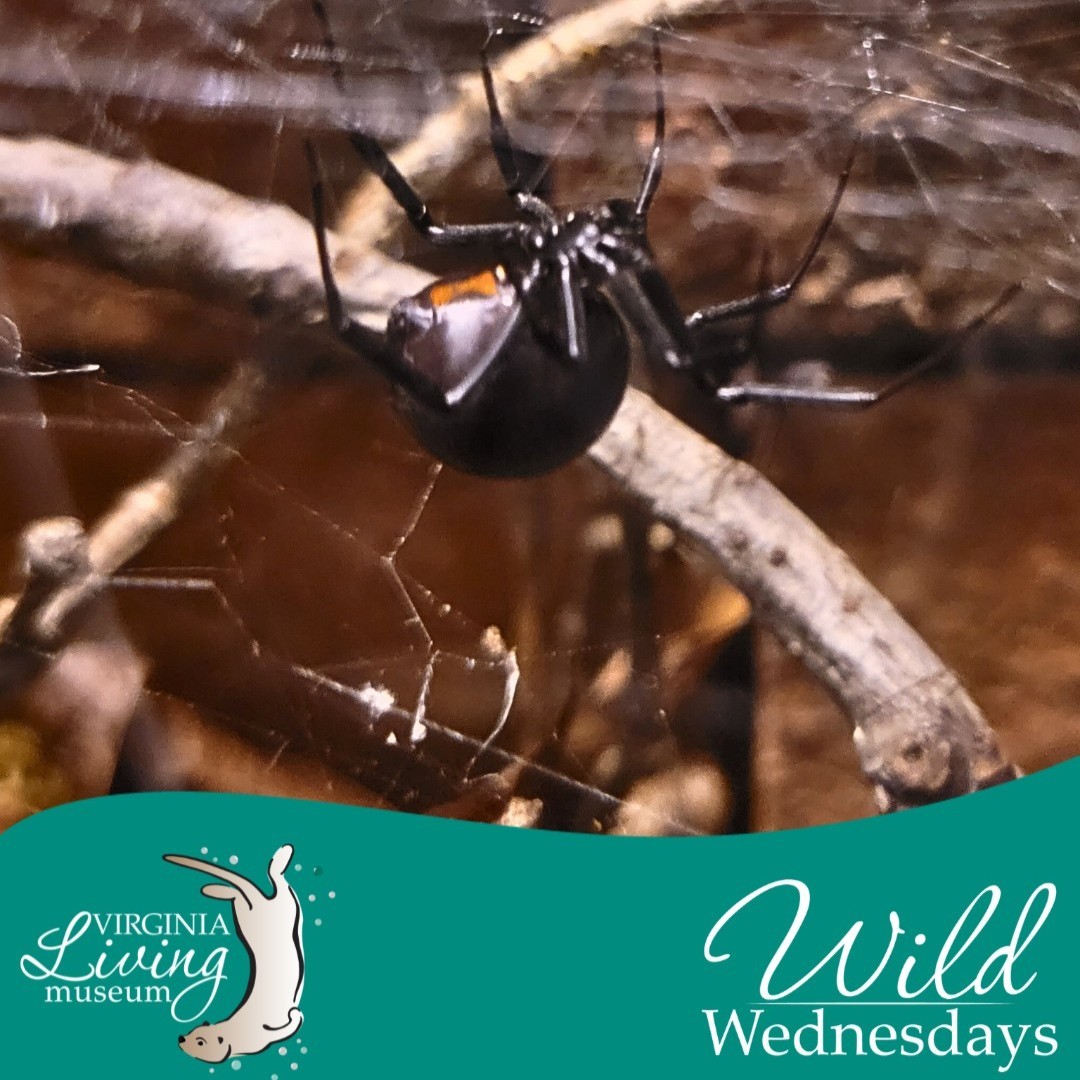– The biology and behavior of black widow spiders
– Black widow spider habitats, with a focus on arboreal living
– The venom of black widow spiders and its impact on humans and prey
– Methods of observing and conserving arboreal wildlife in their natural habitats
– Encouraging public engagement and education in wildlife conservation efforts
Black widow spiders, revered for their strong silk and potent venom, are arachnids of the Latrodectus genus. Despite common misconceptions, they are not insects but eight-legged spiders with two body segments and no wings or antennae. These creatures have piqued the interest of many due to their distinctive features and behaviors, which set them apart from other arachnid species.
One of the most notable characteristics of the black widow is its venom—about 15 times more potent than that of a rattlesnake. This venom contains neurotoxins that can cause latrodectism, a condition characterized by muscle pain, abdominal cramping, and, in rare cases, severe systemic reactions. However, black widows are often misunderstood as they are primarily non-aggressive and bite humans only when they feel threatened. Bites are usually not life-threatening, thanks to advancements in medical treatment and the spider’s tendency to inject a small amount of venom.
The living tactics of black widows bear testament to their adaptability and survival skills. Preferring solitude, these arachnids spin their webs in undisturbed, sheltered locations. The webs are irregular, with sticky silk threads to capture prey such as insects and small vertebrates. An intriguing aspect of their web is its strength—black widow silk is incredibly robust, underlining their classification among the most proficient web weavers.
Despite popular belief, some black widow spiders are known to dwell in trees, crafting their homes amid branches and leaves. This arboreal lifestyle is less common but exemplifies their versatility. Trees grant them access to various prey and offer protection from larger predators.
Observing these tree-dwelling treasures requires discretion and respect for nature. Enthusiasts and researchers must approach wildlife observation with a conservationist mindset, recognizing the importance of preserving natural habitats. One can learn to identify the silken retreat of black widows by their distinctive, messy webs and the occasional presence of the female’s unmistakable red hourglass marking on the underside of her abdomen. For those interested in photographing or studying these arachnids, patience is paramount, as is the knowledge of their habits and preferences.
Engaging the public in conservation efforts is crucial. Educational initiatives can help dispel myths about arachnids like black widows and promote a better understanding of their role in ecosystems. Citizen science projects that encourage individuals to document and share their findings can provide valuable data for researchers while fostering a connection between people and the natural world.
Encouraging respectful and knowledgeable interactions with wildlife can ensure a future in which humans and black widows thrive. Through education, observation, and conservation, we can appreciate the complexity of these arachnids and their environments, ensuring their stories continue to be woven into the fabric of the natural world for generations to come.
*****
Source Description
Welcome back to where we look at who’s living in the trees!🌲🌳Did you know black widows aren’t your average insects? – they’re powerful arachnids! 🕷💪 Their venom is a whopping 15 times stronger than rattlesnake venom, but fear not! These elusive creatures are usually non-aggressive unless provoked, and their venom rarely threatens humans.
Black widows expertly weave their webs using silk-like threads in dark, sheltered spots close to the ground. 🕸️🌿 Watch for their iconic bright hourglass shape – it serves as a bold warning to potential predators! ⚠️🚫
📸 Now it’s your turn! Show off your tree-dwelling treasures with us for a chance to be featured in our next. See if you can find any amazing arachnids!🌳🕷️


